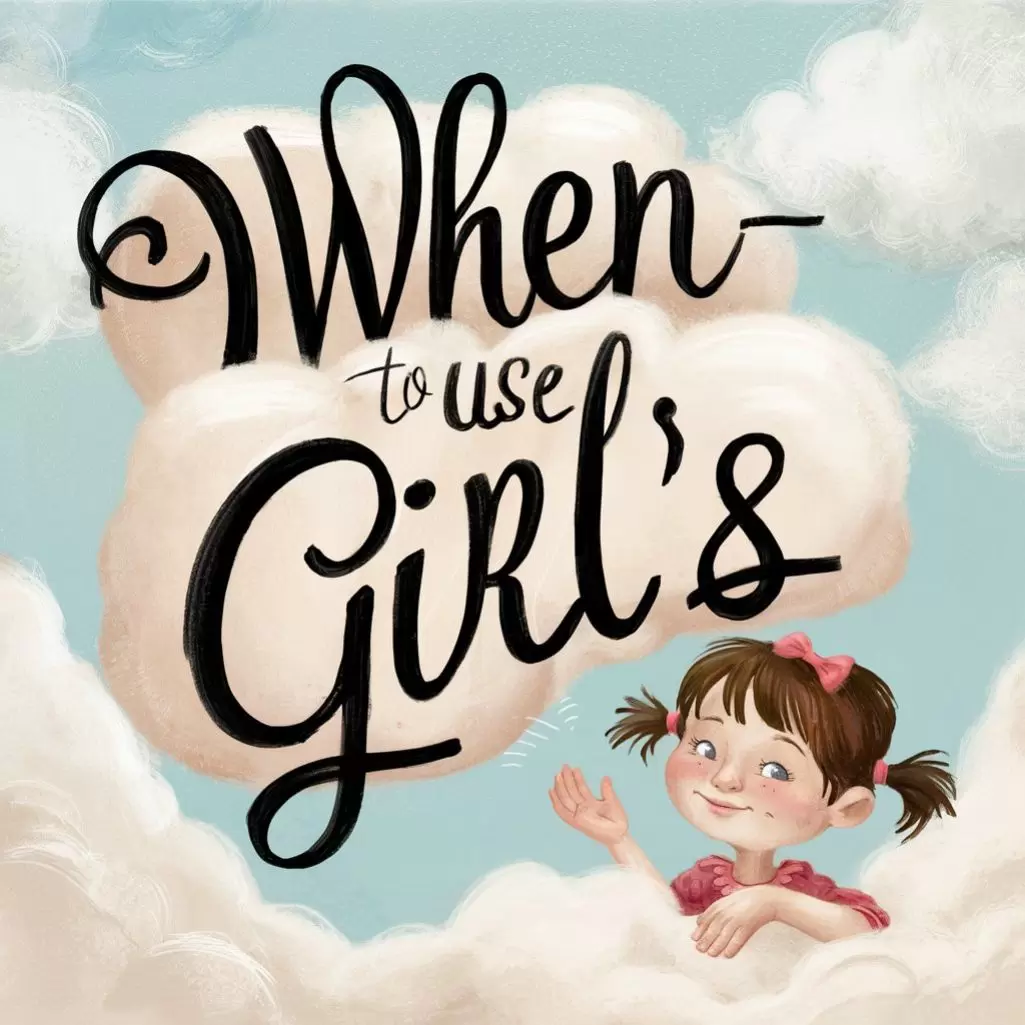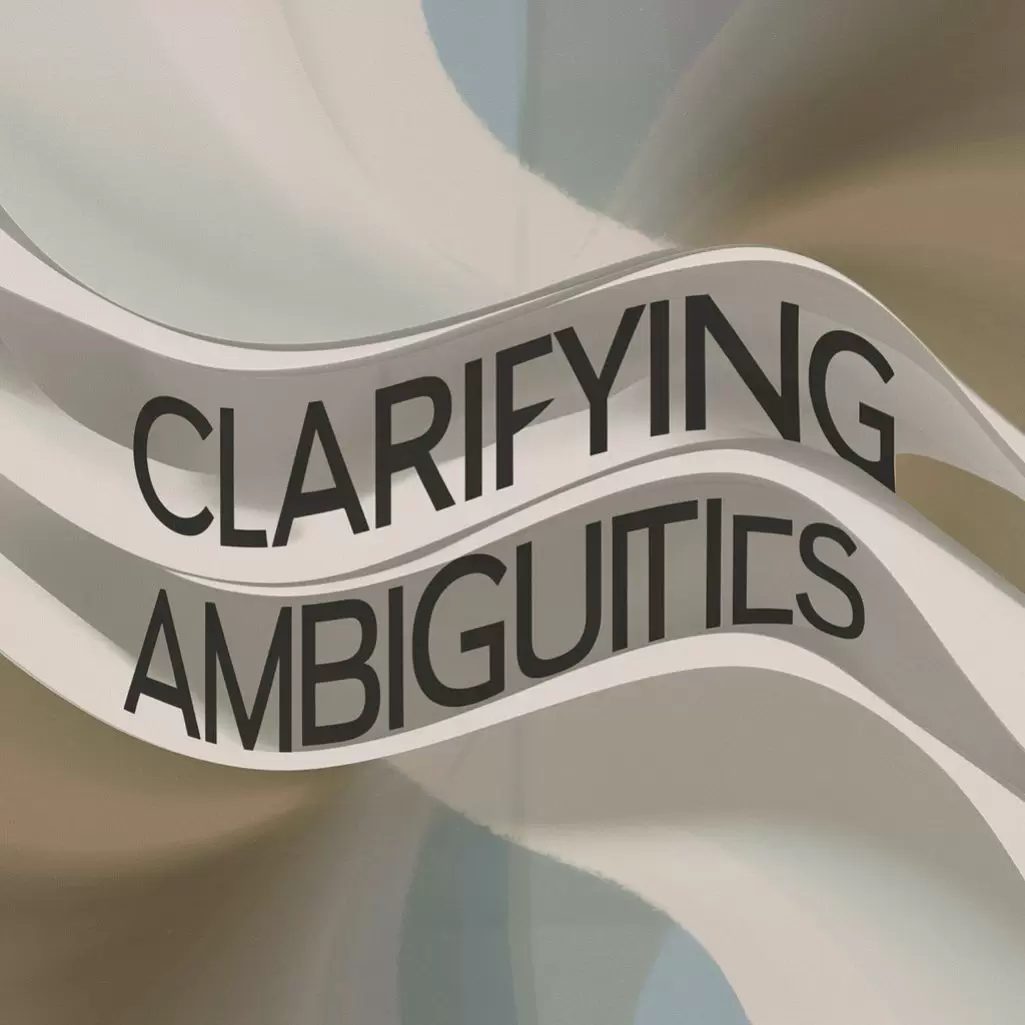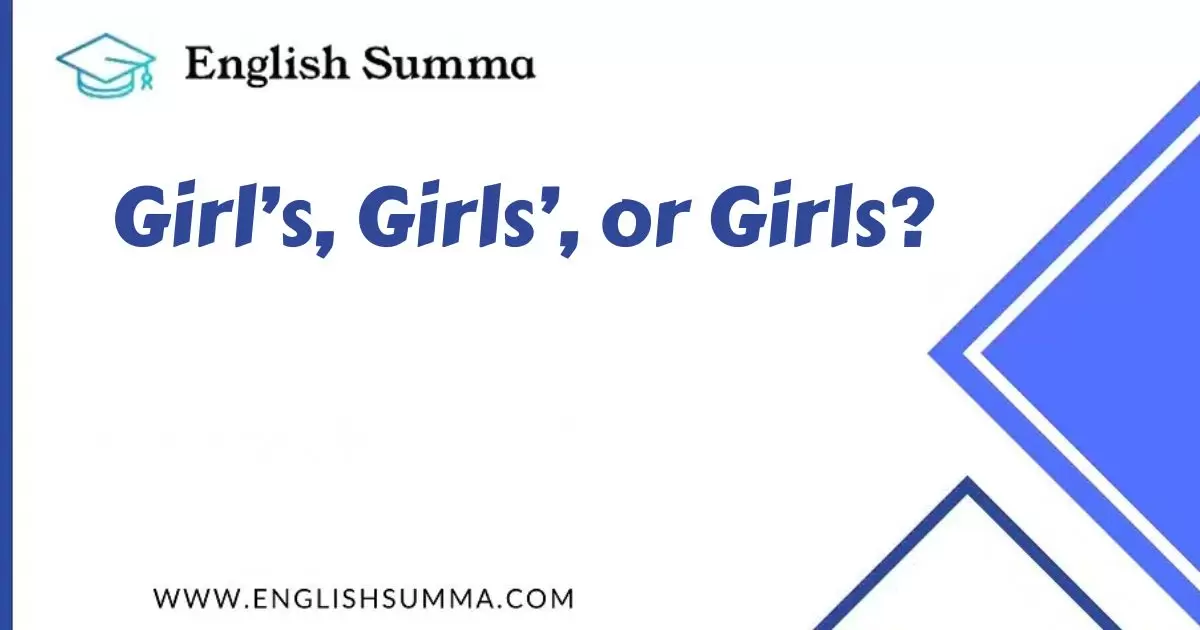In the realm of English grammar, the usage of possessives can often be a source of confusion. One such dilemma arises when determining whether to use girl’s, girls’, or simply girls to indicate possession.
While each form has its specific context and purpose, understanding when to employ them correctly is essential for clear and effective communication. Let’s delve into the nuances of each possessive form and explore scenario examples to elucidate their usage.
Type’s or Forms of Girls Nuan Girls
Here’s a table showcasing different forms of “girls”:
| Form | Example |
| Noun (Plural) | Girls are playing outside. |
| Possessive (Singular) | The girl’s book is on the table. |
| Possessive (Plural) | The girls’ toys are scattered around the room. |
Understanding the Basics
Girl’s is the possessive form of girl, denoting ownership or association by a singular girl. This form is used when referring to something belonging to or associated with one specific girl.
Girls’, on the other hand, is the plural possessive form of girl. It indicates that something belongs to or is associated with multiple girls.
Girls without an apostrophe is simply the plural form of girl, referring to more than one female child or adolescent.
When to Use Girl’s

Scenario 1: Possession by a Singular Girl
When a possession is attributed to a single girl, the apostrophe-s (‘s) construction is employed. For example:
- The girl’s book – denoting that the book belongs to one particular girl.
- Her sister’s birthday – indicating that the birthday celebration pertains to the sister of a specific girl.
In these instances, the use of girl’s signals singular ownership or association.
Read Also More: Master’s Student, Masters Student, or Master Student
When to Use Girls’
Scenario 2: Possession by Multiple Girls
When possession is shared among or belongs to more than one girl, the plural possessive form girls’ is used. Consider the following examples:
- The girls’ toys – indicating that the toys belong to multiple girls collectively.
- Their teachers’ instructions – denoting that the instructions are directed at or provided by the teachers of a group of girls.
Here, the apostrophe placed after the plural noun girls signifies joint ownership or association among the individuals.
When to Use Girls
Scenario 3: Plural Form Without Possession
In contexts where possession is not being indicated, the plural form girls is used to simply refer to more than one female child or adolescent. For instance:
- The girls are playing outside – stating that multiple girls are engaged in outdoor activities.
- Girls excel in academics – highlighting a general observation about the academic achievements of female students.
In these examples, girls serves as the plural noun without any possessive connotation.
Clarifying Ambiguities

Ambiguities in possessive usage can arise in certain contexts, especially when dealing with compound nouns or possessive pronouns. Let’s explore some scenarios where clarification may be needed.
Scenario 4: Compound Nouns
When dealing with compound nouns involving girl, determining the appropriate possessive form can be tricky. Consider the following:
- The girl’s schoolbag vs. The girls’ schoolbags
In the first example, girl’s is used because the possession pertains to one specific girl and her schoolbag. In the second example, girls’ is employed to denote possession by multiple girls and their respective schoolbags.
Scenario 5: Possessive Pronouns
The use of possessive pronouns like her, their, and its can also impact possessive constructions. For instance:
- Her girls’ night out vs. Their girls’ night out
In the first example, her indicates possession by a single girl, while in the second example, their suggests possession by multiple girls.
Conclusion
In summary, the choice between girl’s, girls’, and girls depends on the number of individuals involved and whether possession is being indicated. Girl’s is used to denote possession by a singular girl, girls’ indicates possession by multiple girls, and girls serves as the plural form without possession.
By understanding these distinctions and applying them appropriately, writers can ensure clarity and precision in their communication.
Whether describing a single girl’s belongings or attributing possessions to a group of girls, mastering these possessive forms is essential for effective expression in English language.

